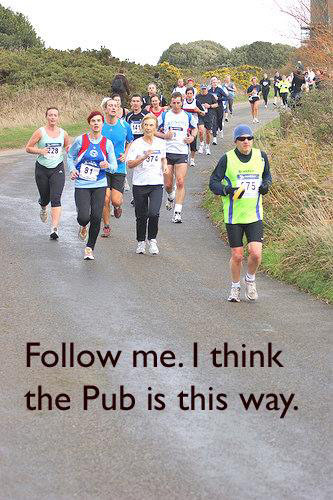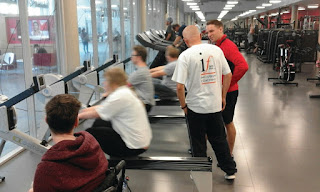I am privileged to be a Trustee with a wonderful charity called STEEL BONES. Our Charity supports people with Limb loss and particularly, the families of those who have experienced the trauma of amputation following accident or ill health.
I am not an amputee myself but through my work with STEEL BONES I have been fortunate to meet many people with missing limbs and am constantly impressed with their attitude and outlook on life.


People who know me well, know that I am a runner. I have been running for many years.
So, I had this idea of running x3 Ultra Marathons.
So, I had this idea of running x3 Ultra Marathons.
People who know me well, know that I am a runner. I have been running for many years. I run marathons and in recent years I have taken on the challenge of running Ultra Marathons.
So, over the coming months I will be taking on a 3 Ultra Challenge. I plan to run three Ultra Marathons over increasingly longer distances.
My first Ultra Challenge would be the Kings Forest Ultra which is 50k, approximately 31 miles. Ultra number two is the Peddars Way Ultra, from mid Suffolk to the North Norfolk coast, 74k or approximately 46 miles and the third and hardest Ultra is the Norfolk Coastal Ultra, 100k or 62 miles.
This challenge originally had a working title of "The Old Guy has finally lost it this time" Perhaps a bit of a mouthful. So I will just stick with the 3-Ultra Challenge.
My challenge starts in October 2019 with Ultra Number 1. Ultra Number two is January 2020 and the final Ultra is June 2020. So the challenge will be spread over approx. 6 months with roughly the same amount of time for me to train and get into shape for the first Ultra in October..
I will also be running a few traditional Marathons as part of my training, with the first being the Mablethorpe Marathon on in early October as a little warm up for Kings Forest.
I will also be running a few traditional Marathons as part of my training, with the first being the Mablethorpe Marathon on in early October as a little warm up for Kings Forest.
Each race will bring its own unique challenges. Peddars Way is run in January and is often run in blizzard conditions with several runners getting hyperthermia. Ultra number three takes place in June at the height of the summer. So, lovely warm weather for a stroll in the countryside but maybe not ideal conditions for a 100k race. The easiest, on paper, is Kings Forest since it's the shortest. However, it's through a forest and the terrain is undulating and can be difficult.
So, wish me luck,
Ideally, I would like to raise some money for our Charity, STEEL BONES which is dedicated to supporting amputees and their families. Any money raised will be spent promoting our work in schools and in the community.
I will shortly be setting up a “Just Giving” page. So, watch this space and Please make a small donation if you can.
Catch you next time.









